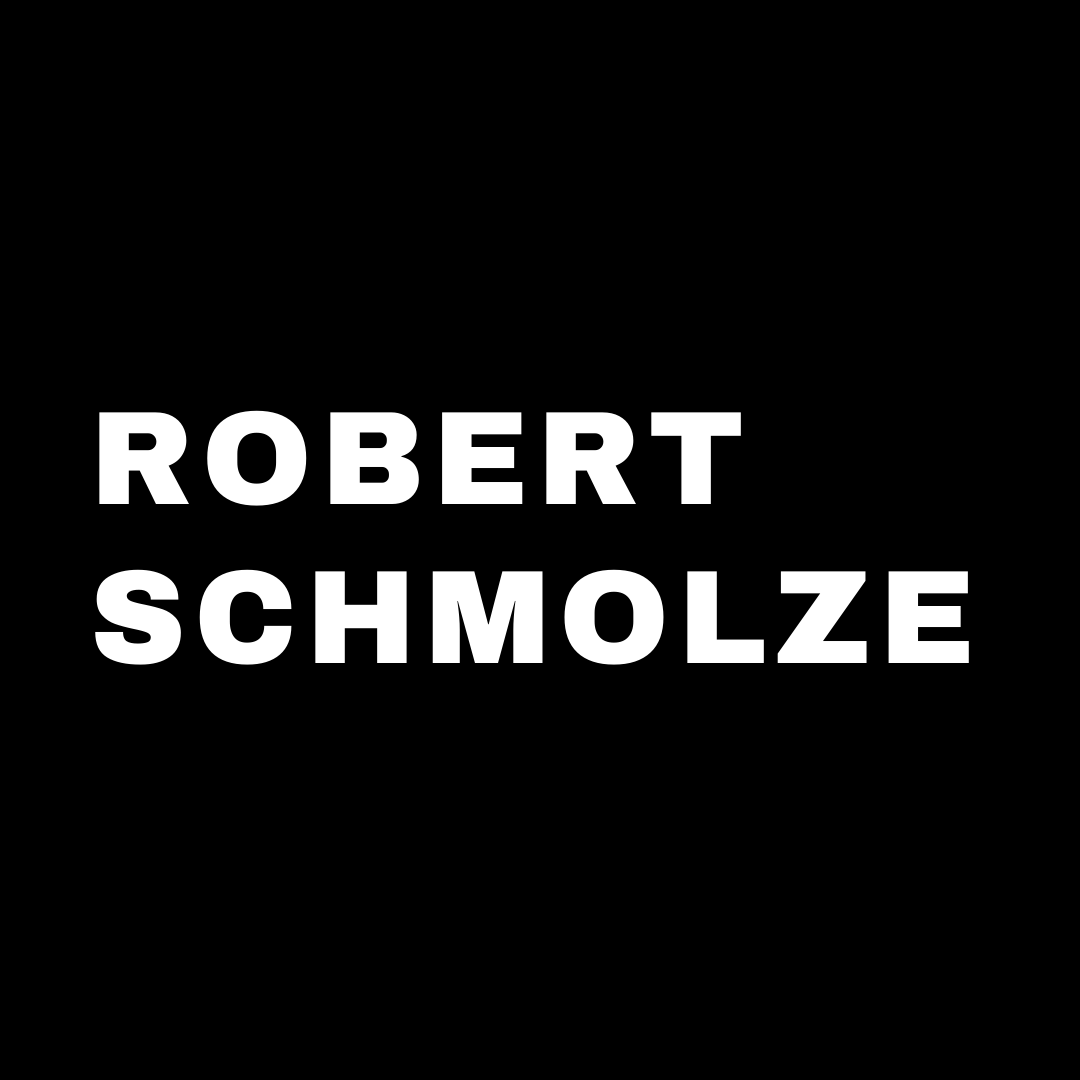more resources https://www.practicalartists.com/free-stuff/
Suggested items every artist should create, and keep up to date:
A resume (aka CV) with:
- Name, education, solo and group exhibitions, and contact info at a minimum. You
can also include awards, art fairs, bibliography, collections and other relevant
experience and information, such as where to find you on social media, if you’d like. - Remember it’s your resume. So, feel free to include every show you’ve been in at
first if you need to pad it. But also remember it’s perfectly fine to edit out less
impressive shows and information as time goes by.
An artist website that adheres to these guidelines:
- Your website should contain, at a minimum, images of your work, a CV and a way to
contact you. It’s also a good idea to have a form visitors can fill out to join your email
list. You can also include a bio, artist statement and a store if you sell prints. I highly
recommend also including active links to find any social media accounts where you
post your work regularly. But images, a CV and contact info is enough to get started. - Your website should highlight only your best work and recent work. It should not be
an archive of every piece you’ve ever made. - Be sure to include title, dimensions, medium and year for each image.
- The design should be simple and easy to navigate. It should load quickly and be
viewable on both a computer and mobile device. - Even if you have someone else create your website, I recommend you update and
maintain it yourself. Even if you have to learn new skills, it will be worth it in the long
run.
Bio and/or Artist statement:
Creating these documents is a great way to get your thoughts clear so that you can
speak comfortably about yourself and your work any time someone asks. They can
be two separate documents or combined.
- A bio tells a little bit about you – where you’re from, went to school, any experience
that’s relevant – sort of a more personal and friendly, longhand version of your CV.
It’s also a great substitute for a CV if you don’t have enough exhibitions to fill out a
CV. - A statement tells people what your work is about and what inspires you. I
recommend you create a general artist statement and then additional statements for
specific bodies of work.
• Imagine you’re at a party and someone asks what kind of work you create. Practice a
one to three sentence, short but engaging, answer. I promise it will come in handy!
- Sharing a business card is still a quick, easy way to invite them to look at your work
at their convenience. At a minimum, include your name, email, phone number and
web address. - You can also include where to find you on social media if you’d like.
You can also incorporate or feature an image or detail of your work – but only if it
reproduces well and looks great



